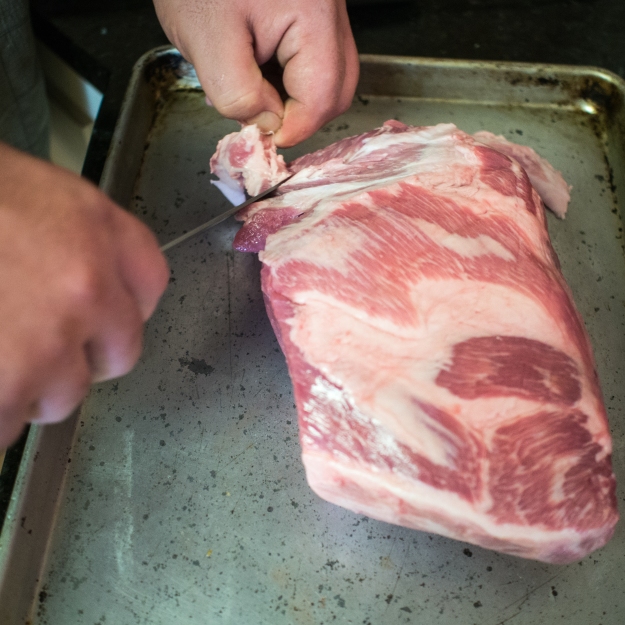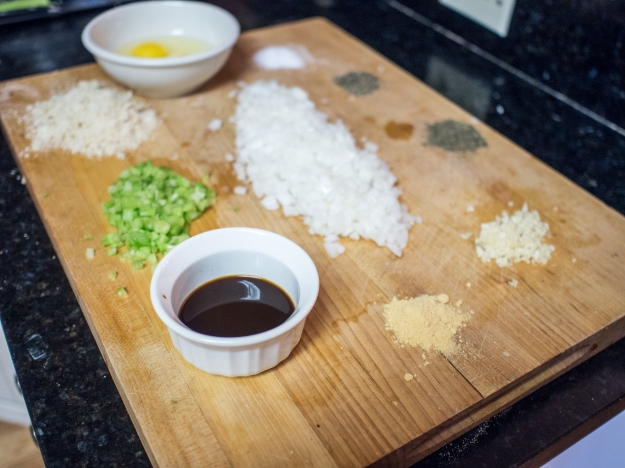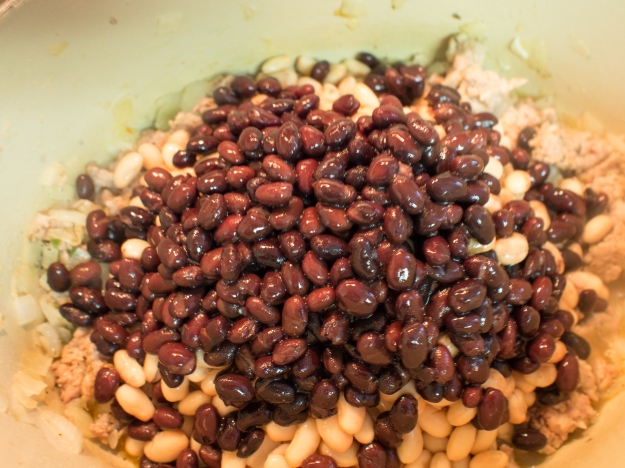My husband and I work. We have two kids that like to do stuff. Our weeknight schedules are crazy and I have to tape (how old am I that I still use the word “tape”!!) DVR The Daily Show and The Colbert Report because the thought of being awake at 11 o’clock is beyond hysterical. I’m laughing right now, just imagining trying to stay up that late. I really belong in the central time zone. If it wasn’t for my DVR, I would not see any shows with a 10 o’clock start time.
More importantly, getting dinner on the table before 7 pm is a herculean effort. Between arguing about doing homework, arguing about correcting homework, and actually making the meal, the night flies by really fast! So, any shortcut I can find is greatly appreciated.
I was in a large warehouse store the other day picking up my month supply of paper towels and toilet paper and decided to pick up a Boston Butt, also known as pork shoulder. At $1.69 a pound, it’s a hard bargain to pass up. I realize that it’s not pastured or otherwise “green”, but as we eat that way most of the time, once in a while being cheap isn’t awful. Being a warehouse club, I ended up with 14 pounds of the stuff. No mean feat to cook this hunk of pork.
Now, I’m pretty reluctant to pull out my slow cooker due to less than optimal results and the fact that my daughter hates anything “saucy”. I find pot roasts and chicken either turn out “dry” or mushy. Let’s face it, once you remove “sauce” as an option for a dish made in a slow cooker, you pretty much remove the slow cooker as an option. Except for this recipe. You can really cook this pork rather plain in the slow cooker, and the pork stands up pretty well to a long cook time. I put half the package (about 7 pounds) in the slow cooker. The first night, we had “pulled pork”- my husband asked that I put the quotation marks, as the pork was not smoked. Then two nights later, I repurposed the leftovers into carnitas. Cook one piece of meat in the slow cooker, get two awesome meals on the table before 7 pm!!
I pulled no punches with the meat. I made it pretty much as you would any piece of pork that you would put in the smoker. I start with a light glaze of mustard and then heavily season with traditional barbecue spices, but I did add some spices that had been smoked- like smoked paprika. I would normally leave that out of any seasoning mix to go on the smoker. Here, to give it a more smokey feel, the meat needs, well, smoke.
For my second night, I placed all the meat on a cookie sheet and baked it in a fairly hot oven to make the meat a little more dry and the end bits a touch crispy. In a few minutes, I had the perfect pork carnitas meat and I served the carnitas with the traditional toppings. I can’t stress how easy this made dinner time for the week, especially in a week when my husband was working late most nights!
Slow Cooker Pulled Pork
5-7 Pound Boston Butt or Pork Shoulder Roast
1/4 cup yellow mustard (enough to cover meat)
2 tablespoons chili powder
2 tablespoons dry mustard (love Coleman’s)
1 teaspoon cayenne pepper (more if you like it spicy!)
2 tablespoons coarsely ground black pepper
1 tablespoon ground white pepper
2 tablespoons onion powder
2 tablespoons granulated garlic
2 tablespoons kosher salt
1/2 teaspoon smoked paprika
1 onion, roughly chopped
1/4 cup water
Cover the Boston Butt with a thin layer of yellow mustard. In a small bowl, combine all the spices and rub over the pork. Add the onion and the water to the slow cooker. Add the pork. Cover and cook on low for about 8 hours.
Remove pork from slow cooker and pull apart with a couple of forks. Serve with Cole Slaw and barbecue sauce. Seriously easy stuff!
Pork Carnitas
Left over pulled pork
1/4 cup olive oil
Onions, cut into strips
Green peppers, cut into strips
Round tortillas, slightly warmed
Avocado, chopped
Salsa
Queso Fresca
Preheat oven to 375 degrees Fahrenheit.
Heat oil over medium heat in a sauté pan.
While the oil is heating, spread pork in an even layer over a cookie sheet. Place in oven and cook until less moist with some crispy bits, about 15-20 minutes.
Sauté onions and peppers until slightly caramelized, about 20 minutes.
Serve with your favorite toppings.



































































